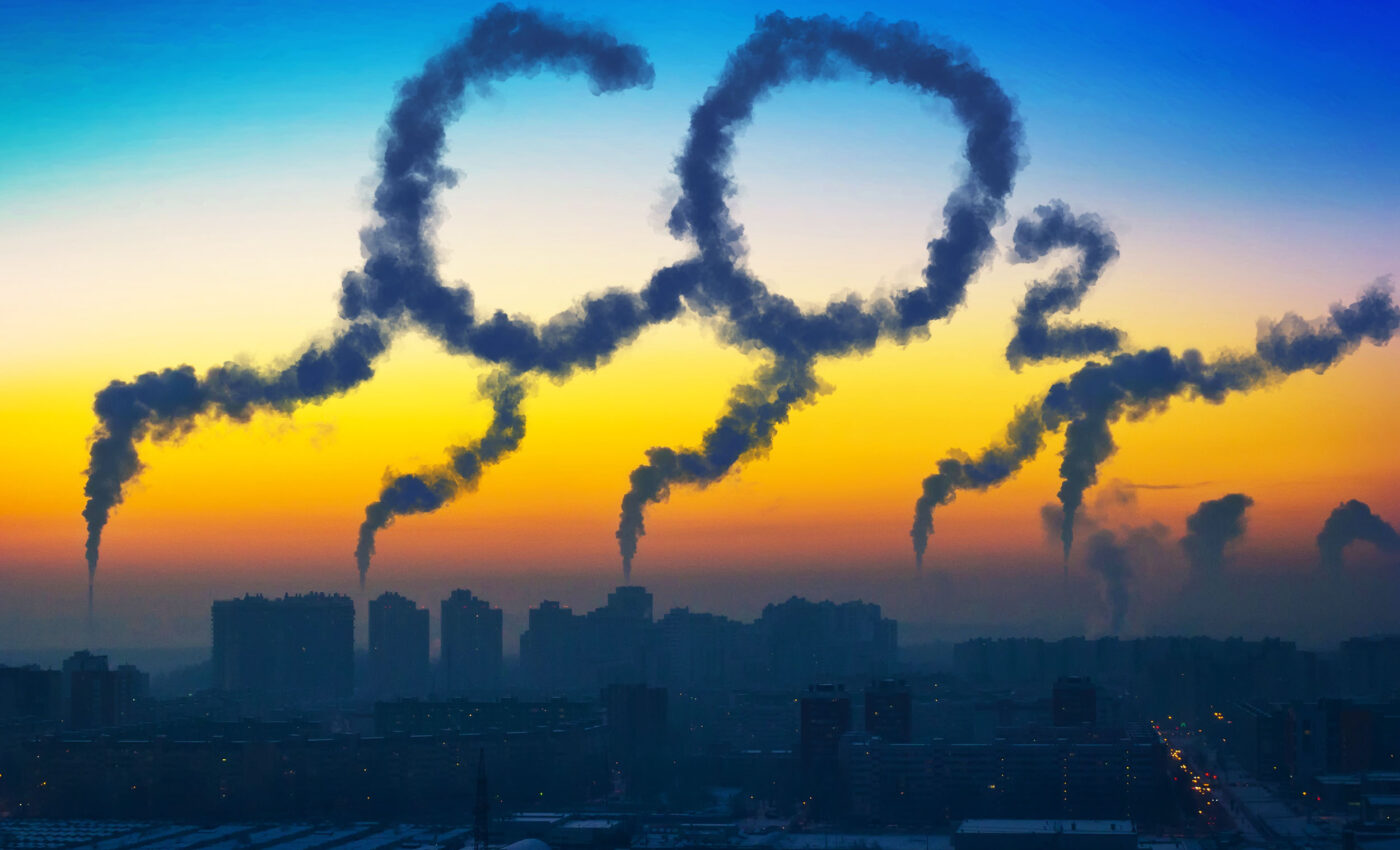
Met Office: 2024 CO2 levels will surpass the point of no return
The Met Office in Britain, in its recent announcement, has raised significant concerns about 2024 and the escalating levels of CO2 in the atmosphere.
The forecast predicts that in 2024, the increase in carbon dioxide levels will surpass critical trajectories, crucial for limiting global warming to 1.5°C.
The assertion from researchers is stark: only “drastic” reductions in emissions can retain this target within achievable bounds.
“This year’s estimated rise in atmospheric carbon-dioxide concentration is well above all three 1.5°C-compatible scenarios highlighted in the IPCC report,” said Professor Richard Betts, the Met Office author of the CO2 forecast.
“Even when we compensate for the temporary effects of El Niño, we find that human-induced emissions would still cause the CO2 rise in 2024 to be on the absolute limits of compliance with the 1.5°C pathways,” Betts added.
The Paris Agreement’s goal is slipping away
A key driver of this anticipated rise is the dual impact of escalating emissions from fossil fuels and deforestation.
Compounding this effect in 2024 is the El Niño weather pattern, known to diminish the carbon-absorbing capacity of tropical forests.
Consequently, the Mauna Loa Observatory in Hawaii anticipates a “relatively large” surge in annual average CO2 concentrations, estimating an increase of approximately 2.84 parts per million (ppm) from the previous year.
This increase is likely to steer the world away from the main pathways outlined by the UN’s Intergovernmental Panel on Climate Change (IPCC) for maintaining global warming within 1.5 degrees Celsius above pre-industrial levels.
This goal, set by the 2015 Paris Agreement, is becoming increasingly difficult to achieve.
“The atmospheric CO2 rise has accelerated over the last six decades. If global warming is to stay below 1.5°C, the rate of build-up of CO2 in the atmosphere would need to slow substantially in the coming years, and halt altogether before mid-century. The forecast for 2024 CO2 levels does not show such a slowing,” Betts explained further.
He further noted that while technically possible, meeting this target requires immediate and significant emission reductions, a scenario not currently reflected in the IPCC’s projections.
The impending risk is clear: the world is inching closer to witnessing individual years where warming exceeds 1.5°C.
Surge in 2024 atmospheric CO2 levels
Although such instances would not constitute a direct breach of the Paris Agreement, which averages these figures over two decades, they are a stark reminder of the escalating climate crisis.
The IPCC has already warned that, should emissions continue unabated, the 1.5°C threshold could be surpassed in the early 2030s.
“We’re not seeing any signs of avoiding that in terms of the buildup of CO2 in the atmosphere,” Betts added.
The World Meteorological Organization confirmed last week that 2023 was the warmest year on record, with an average global temperature of 1.45C above pre-industrial levels.
The emerging El Niño climate pattern, which began in mid-2023, is expected to further exacerbate this trend.
El Niño typically results in hotter, drier conditions in tropical forests and peatlands, impairing their ability to sequester carbon.
Normally, ecosystems and ocean absorption offset about half of humanity’s emissions, but El Niño’s presence weakens this natural mitigation.
Urgent emissions reductions required
Regions like the Amazon, already grappling with severe drought, heat, and fires, are of particular concern.
To maintain the 1.5°C limit, UN experts have estimated that emissions need to be cut nearly in half this decade. However, carbon pollution continues to rise.
Monitoring at Mauna Loa, ongoing since 1958, reveals a consistently upward trend in CO2 levels.
To forecast this year’s concentrations, the Met Office utilized emissions data alongside observations and predictions of ocean surface temperatures in the equatorial east Pacific, an El Niño indicator.
Betts emphasized that even without El Niño’s impact, the projected CO2 accumulation would be at the “very, very upper limit of consistency” with the IPCC’s 1.5°C scenarios.
In summary, these findings underscore the urgency for “urgent emissions cuts,” as emphasized by Betts. While multiple pathways exist to maintain the 1.5°C limit, all require immediate and significant action to reduce greenhouse gas emissions.
The current situation highlights a critical juncture in the fight against climate change, where decisive and collective action is paramount.
—–
Like what you read? Subscribe to our newsletter for engaging articles, exclusive content, and the latest updates.
—–
Check us out on EarthSnap, a free app brought to you by Eric Ralls and Earth.com.
—–













